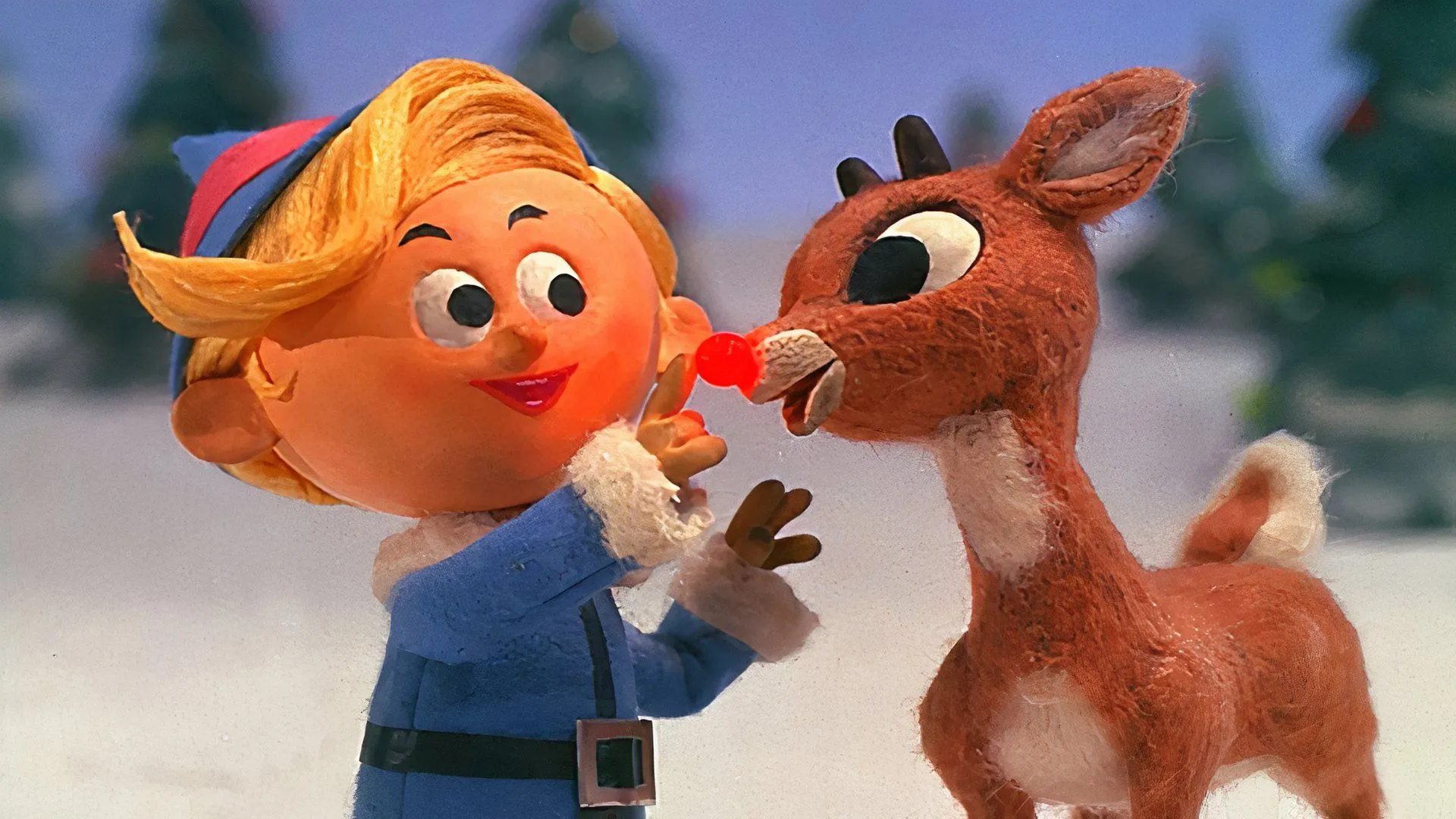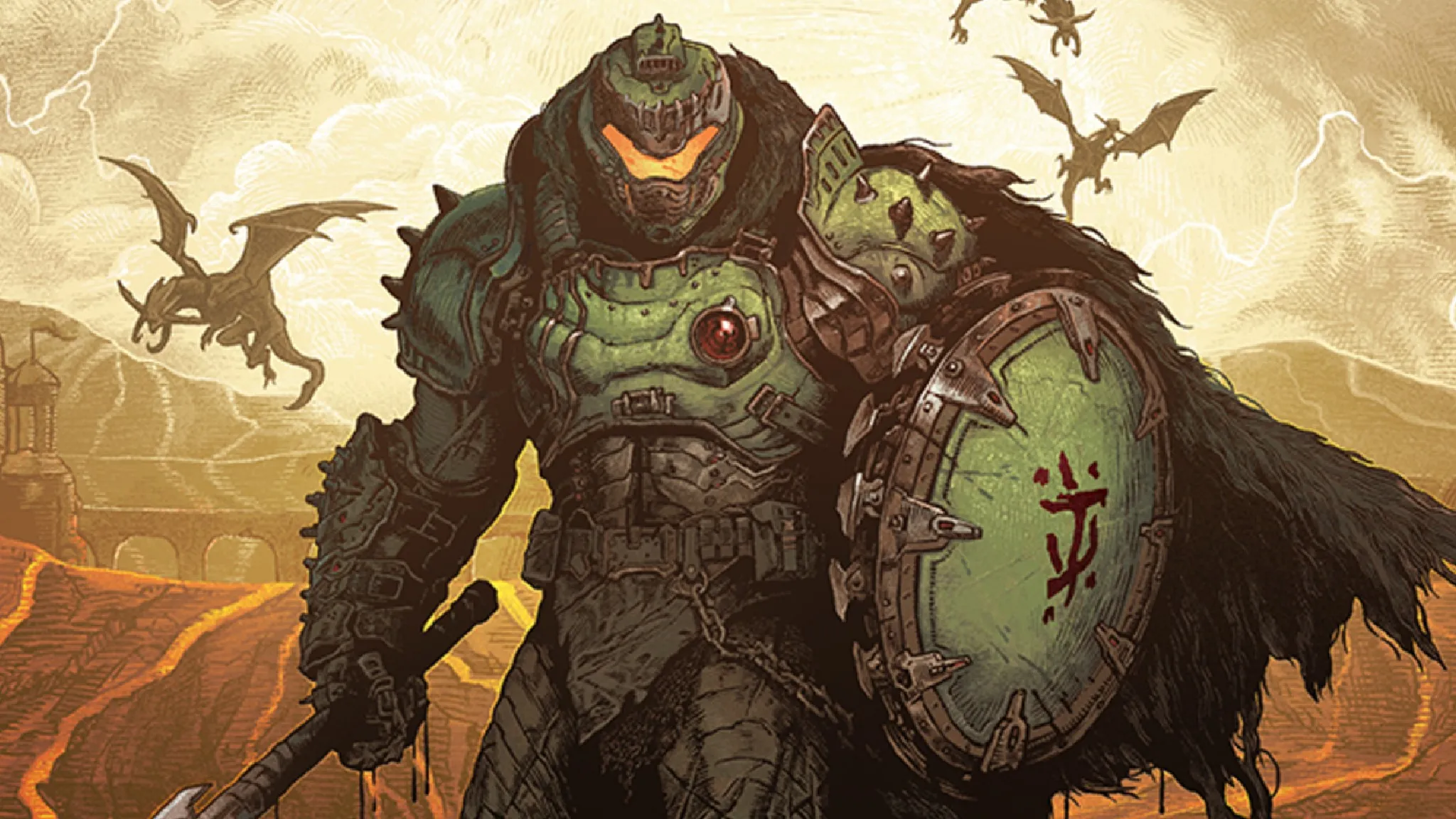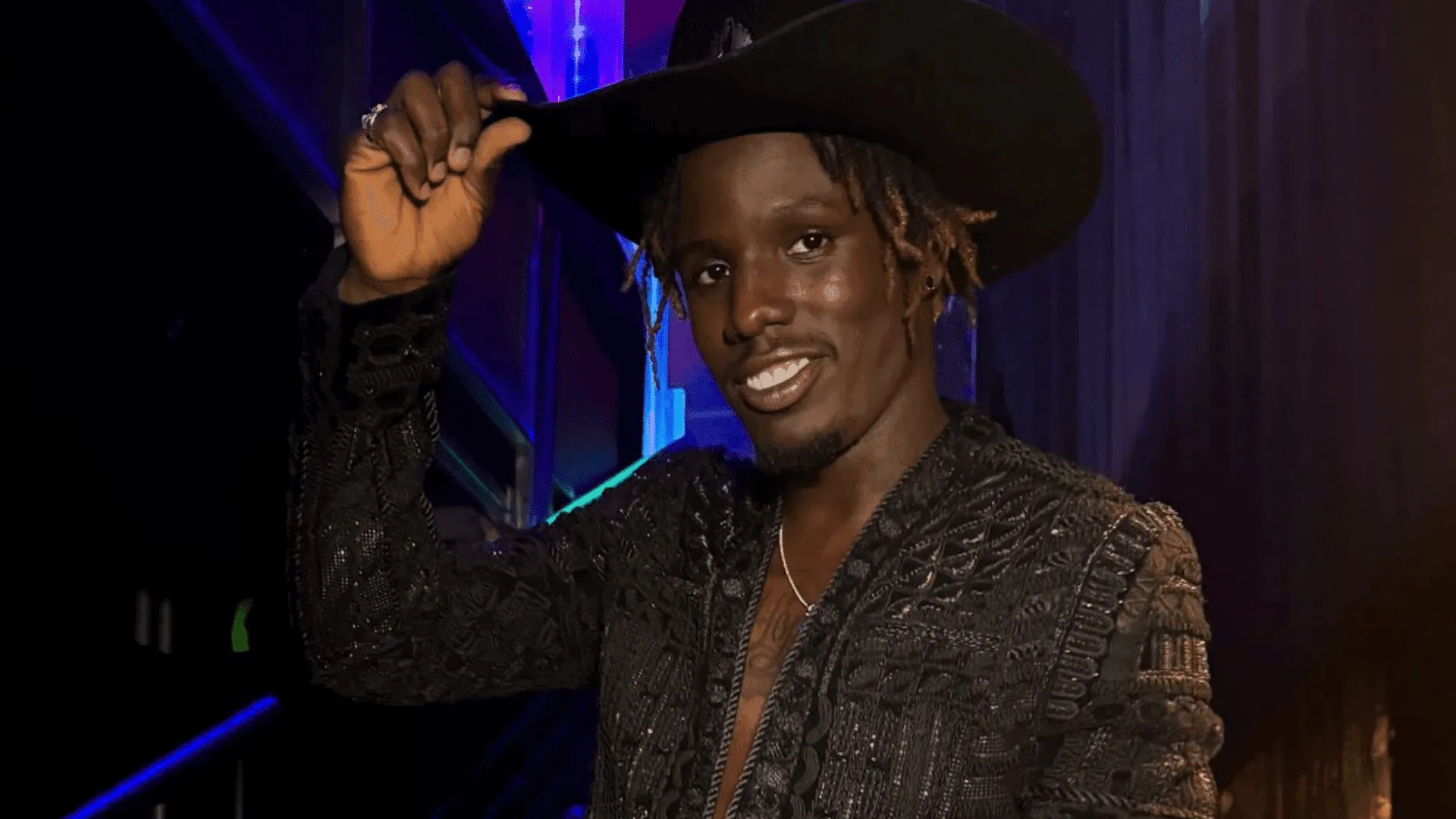Uncovering the Heartbreaking Truth Behind Rudolph the Red-Nosed Reindeer
In the vast landscape of holiday folklore, few characters have captured hearts and sparked deeper conversations quite like Rudolph the Red-Nosed Reindeer. What began as a simple marketing campaign in 1939 has evolved into a profound narrative of acceptance, resilience, and the human—or in this case, reindeer—struggle against societal judgment.
Robert L. May, a creative marketing copywriter for Montgomery Ward, never imagined that his seemingly simple Christmas story would become a cultural phenomenon that would resonate with generations. Born during the challenging years of the late 1930s, Rudolph’s origin story is as compelling as the character himself.
A Story of Unexpected Origins
The tale of Rudolph emerged during a time of economic hardship and social tension in the United States. May, working for Montgomery Ward, was tasked with creating a Christmas promotional booklet that would engage customers and spread holiday cheer. Little did he know that his creation would transcend its commercial roots and become a powerful allegory of social acceptance.
The Painful Journey of Difference
Rudolph’s narrative is painfully familiar to many who have experienced marginalization. His bright red nose—a characteristic that initially made him an outcast—became the very thing that ultimately saved Christmas. This poignant transformation speaks volumes about the destructive nature of bullying and the potential for individual uniqueness.
Breaking Down the Emotional Layers
- Initial Rejection: Rudolph faced immediate social exclusion due to his distinctive physical trait.
- Internal Struggle: The psychological impact of constant ridicule and isolation.
- Unexpected Redemption: His moment of heroism transforms community perception.
The 1949 song by Gene Autry catapulted Rudolph from a simple storybook character to a cultural icon. The musical adaptation brought the character’s emotional journey to life, allowing millions to connect with his experience of overcoming adversity.
Beyond Entertainment: A Deeper Message
Rudolph’s story is more than a charming Christmas tale. It represents a nuanced exploration of:
- Social acceptance
- The value of individual differences
- Overcoming systemic discrimination
- The power of resilience
Modern Interpretations and Relevance
Contemporary discussions have reframed Rudolph’s narrative through lenses of mental health awareness and diversity inclusion. Educators and psychologists now use his story as a powerful teaching tool to discuss empathy, kindness, and the importance of recognizing individual strengths.
Psychological Insights
The character’s journey mirrors real-world experiences of individuals who feel marginalized. His transformation from an outcast to a hero provides a compelling narrative of hope and self-acceptance.
The Commercial and Cultural Impact
While Rudolph began as a marketing strategy, he has become a global symbol of holiday spirit and personal empowerment. Merchandise, television specials, and annual celebrations have cemented his place in popular culture.
Challenging Societal Norms
Rudolph’s story subtly challenges traditional expectations, suggesting that:
1. Differences should be celebrated
2. Unique characteristics can be strengths
3. Community acceptance is a journey of understanding
A Timeless Message of Hope
As we reflect on Rudolph’s journey, we’re reminded that our perceived weaknesses can become our greatest strengths. His story continues to inspire, teaching generations about compassion, understanding, and the transformative power of acceptance.
In a world that often seeks conformity, Rudolph stands as a beacon of hope—a reminder that being different is not just okay, but potentially extraordinary.
Disclaimer: This article is a tribute to a beloved character that has touched millions of hearts, reminding us of the profound lessons hidden within seemingly simple stories.






Leave a Comment